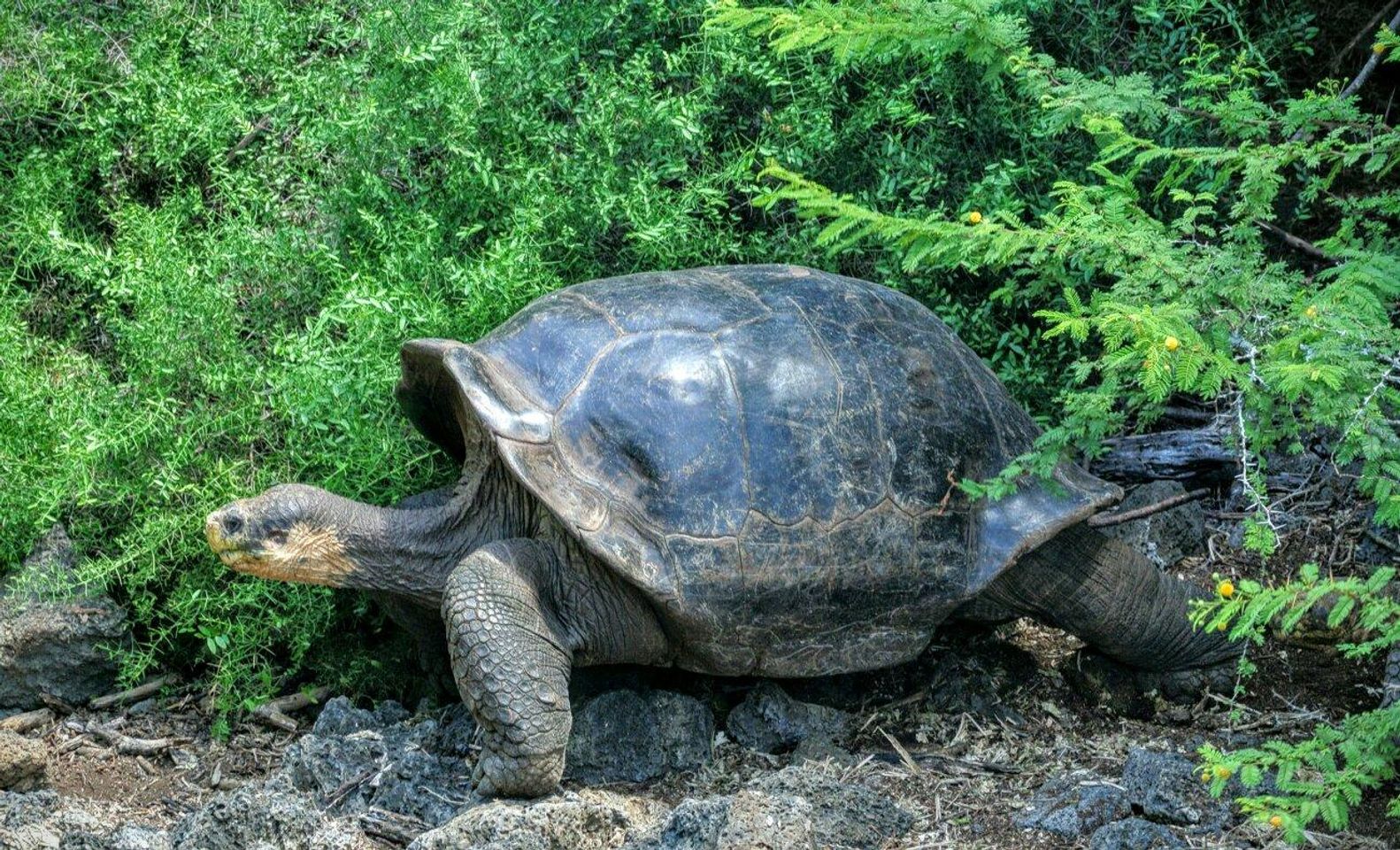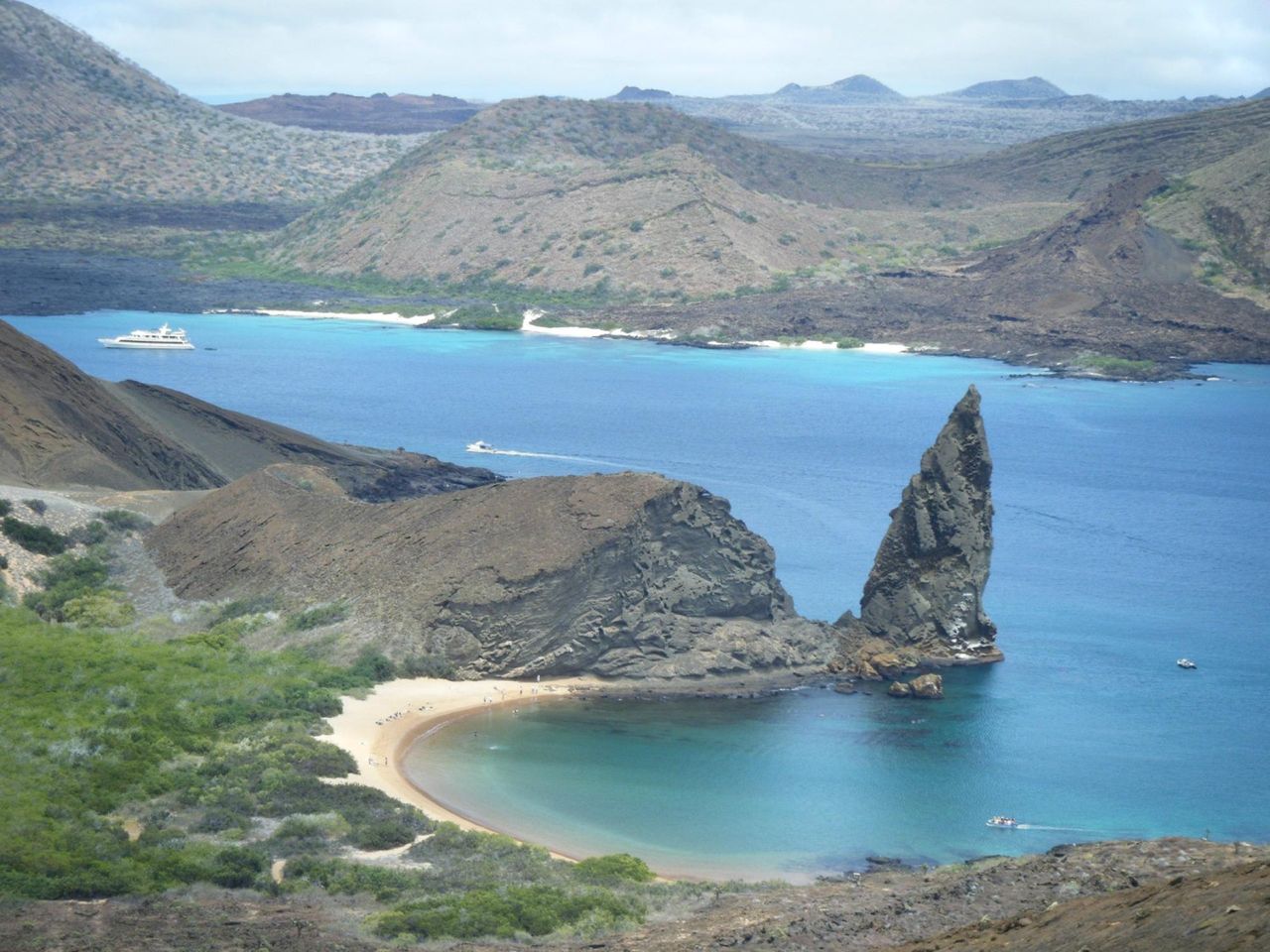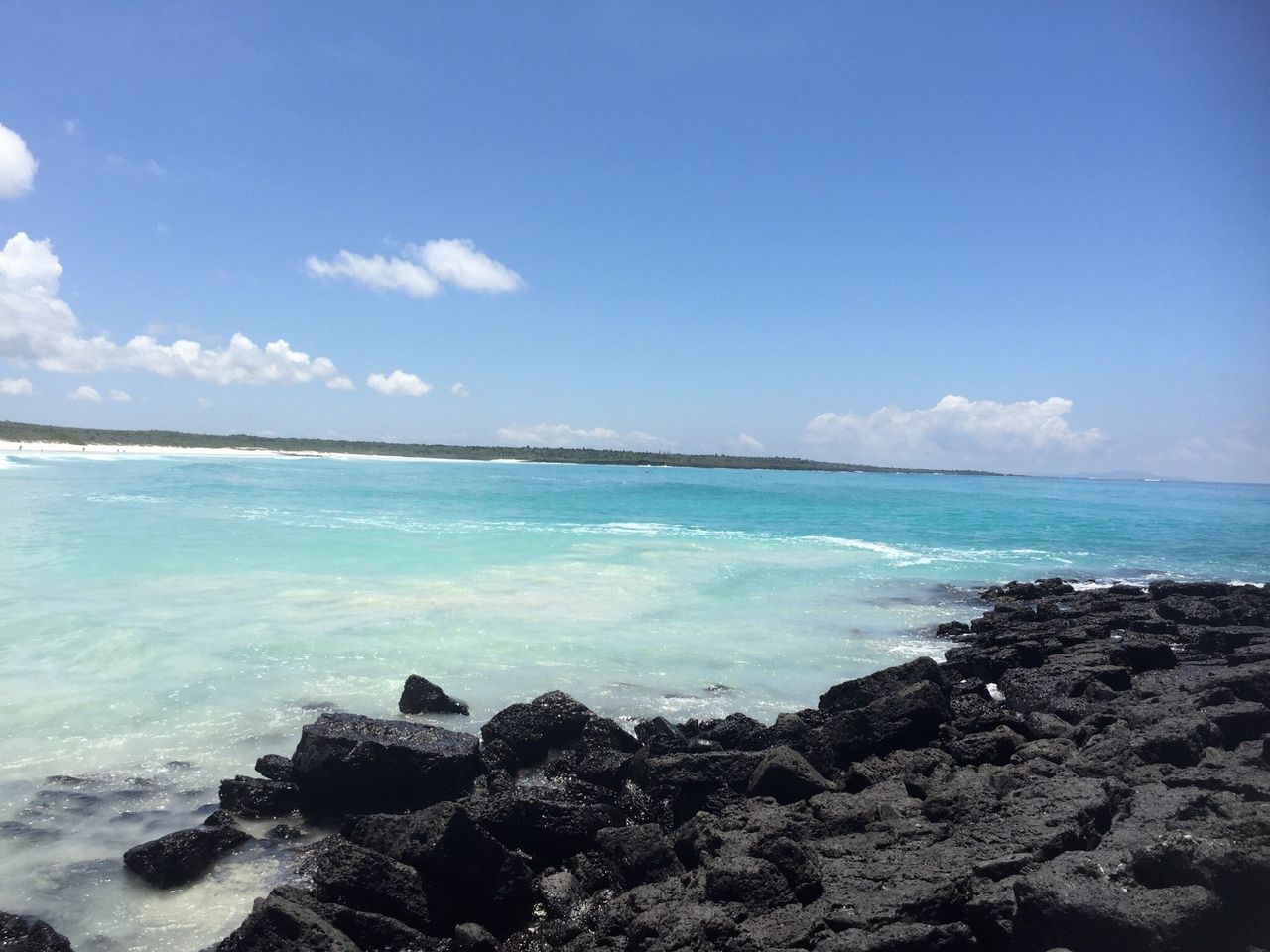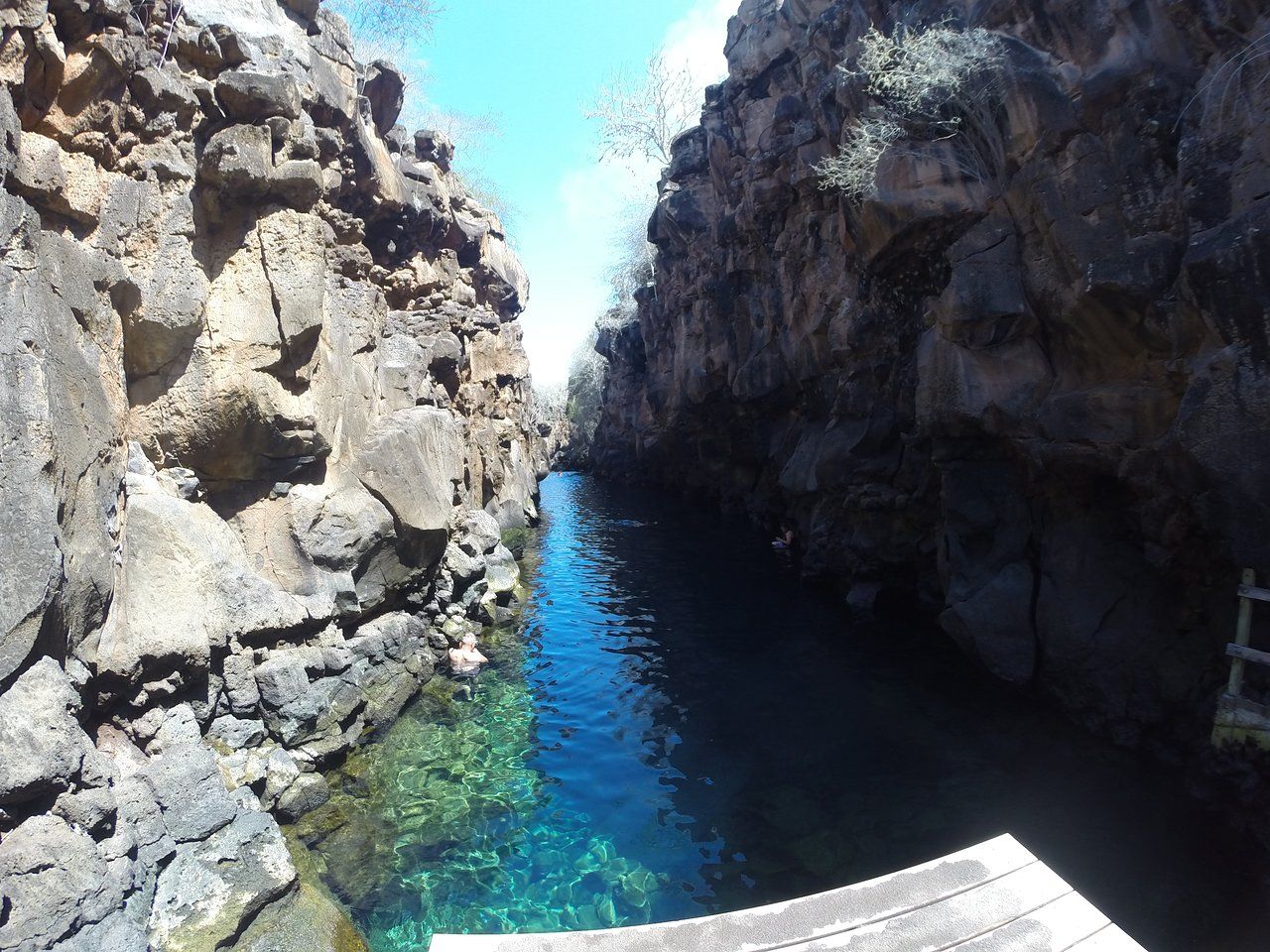Exploring the Wonders of Evolution: Charles Darwin Station in Ecuador
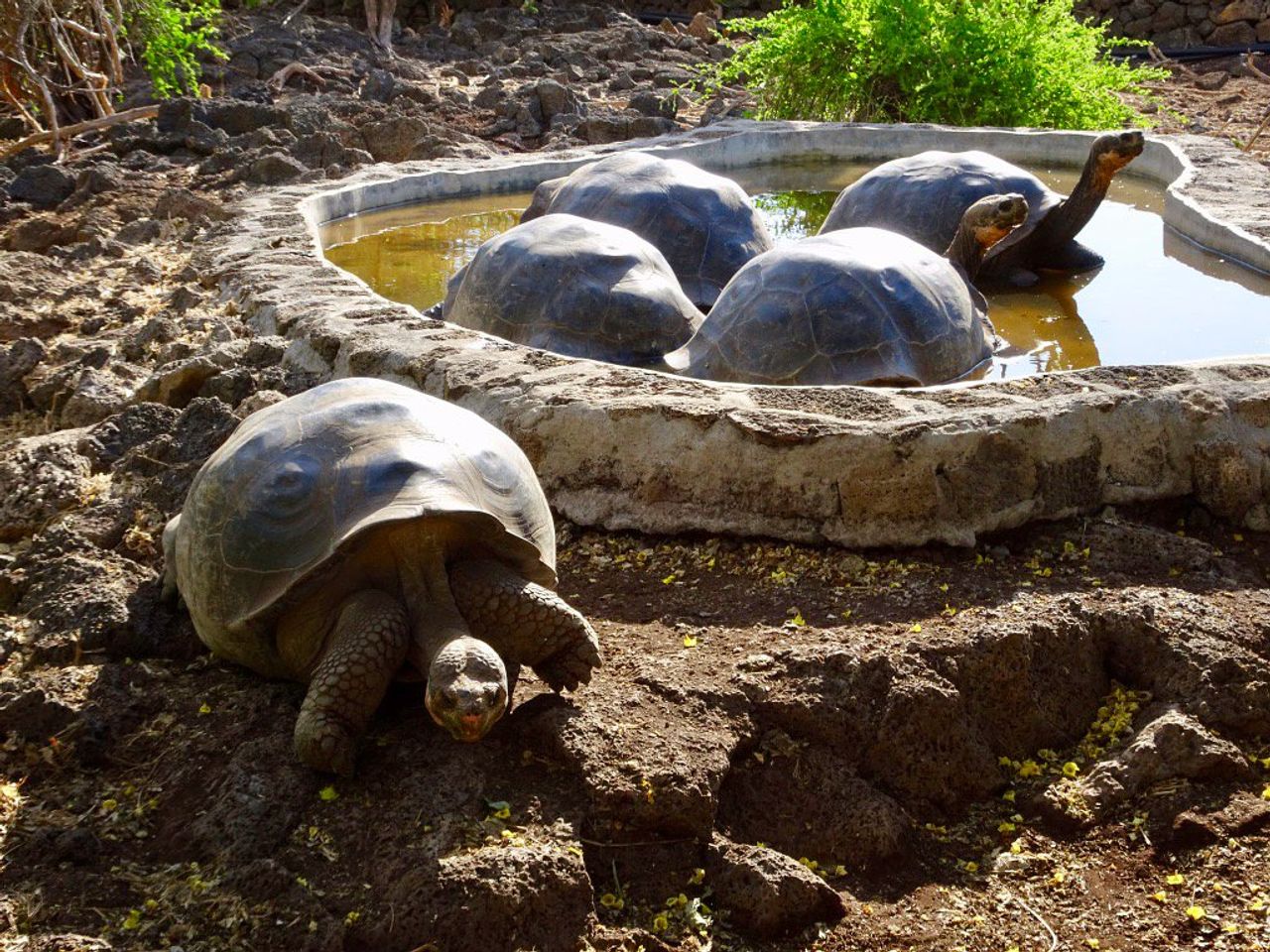
Welcome, fellow readers, to our discussion on the Charles Darwin Research Station in Puerto Ayora, Ecuador. In the midst of the enchanting beauty of the Galapagos Islands, lies this research station dedicated to the preservation of the unique and endangered species that call these islands home. It stands as a testament to the pioneering work of Charles Darwin, the renowned biologist, and naturalist who made these islands famous.
At the heart of this research station is a mission that echoes the urgency of our times; to conserve and protect the fragile ecosystem of the Galapagos Islands from the devastating effects of human activities. The research station plays a critical role in preserving the diverse fauna and flora of the islands that have evolved over millions of years in isolation. Its initiatives and programs have contributed significantly to a better understanding of the islands’ ecosystems and the importance of their conservation.
In this article, we will delve deeper into the Charles Darwin Research Station’s history, objectives, and achievements. We will explore the interactive exhibits, educational programs, and the research facilities that make this station a sought-after destination for scientists, researchers, and eco-tourists alike. Join us as we journey through this remarkable research station that stands as a beacon of hope for the conservation of our planet’s biodiversity. Click here to access the complete city guide for Puerto Ayora.
History of Charles Darwin Research Station
As we walk through the history of the Charles Darwin Research Station in Puerto Ayora, one can’t help but feel a sense of awe and amazement at the work done by the scientists that have dedicated their lives to this institution. The station, founded in 1964, has become a pivotal center for research and conservation programs on the Galapagos Islands. Whether you’re a scientist or just an interested visitor, the Charles Darwin Research Station offers a fascinating glimpse into the region’s history and its efforts to preserve the unique ecosystem of the Galapagos.
However, it’s essential to emphasize the importance of sustainable tourism practices while visiting this remarkable site. The Galapagos ecosystem requires visitors to tread lightly, as the local flora and fauna are still recovering from past environmental degradation. We must ensure that our presence does not contribute to further deterioration and ensure that the station’s work continues for generations to come. With sustainable tourism practices, we can contribute to not only the success of the Charles Darwin Research Station but also the conservation of one of the world’s most unique and fragile ecosystems.
As we leave the Charles Darwin Research Station in Puerto Ayora, we are left with a renewed appreciation of the significance of scientific research and conservation efforts. The station has become an essential center for research on the Galapagos Islands, and its work has helped to maintain the unique biodiversity of the region. We must continue to support the station’s efforts and foster sustainable tourism practices to ensure that the Galapagos ecosystem can continue to thrive for generations to come.
Conservation programs and efforts
We cannot stress enough the importance of conservation programs and efforts, especially when visiting Charles Darwin Research Station in Puerto Ayora, Ecuador. The station serves as a hub for scientific research and conservation efforts in the Galapagos Islands, which are home to many endemic and endangered species. Visiting the station, we are given the opportunity to witness these efforts first-hand and learn about the challenges faced by conservationists.
It is essential for visitors to understand that their actions have a direct impact on the delicate ecosystem of the Galapagos Islands. By adhering to the strict guidelines set by the Charles Darwin Research Station, we can do our part in preserving the natural and cultural heritage of the region. From staying on designated trails to disposing of waste responsibly, every little action helps in safeguarding the unique flora and fauna of the Galapagos.
Conservation programs and efforts are not just about preserving the environment; they are also about ensuring the livelihoods of indigenous communities that depend on the region’s natural resources. By supporting these programs, we take responsibility for the impact of our actions and contribute to the sustainable development of the region. The Charles Darwin Research Station has made significant progress in this regard, but there is still much work to be done. Let us all do our part in preserving the beauty and diversity of the Galapagos Islands for future generations.
Research projects and findings
We cannot stress enough the importance of visiting the Charles Darwin Research Station if you are interested in learning about the evolutionary history of the Galapagos Islands. This research center is the hub of all scientific investigation in the archipelago, and it is where some of the most fascinating findings are discovered and published. As you walk around the different exhibits, you will be amazed at the depth and breadth of research conducted on the unique flora and fauna of the Galapagos.
One of the advantages of visiting the Charles Darwin Research Station is that you get to see scientific research approaches first-hand. You’ll learn how scientists work to protect and conserve endemic species and how the Galapagos Islands became the perfect laboratory of evolution. Additionally, you can witness how researchers assess the impact of climate change on the environment first-hand. The findings presented at the research station will provide you with a better understanding of how humans are contributing to the biodiversity crisis, and what we can do as a society to minimize the damage.
In conclusion, we encourage everyone to take a trip to the Charles Darwin Research Station while visiting Puerto Ayora. The research center offers a unique opportunity to gain insight into the science behind the Galapagos Islands. It is the perfect place to learn about the importance of conservation, research projects, and their findings, and the impact that we as humans have on the environment.
Conclusion
In conclusion, the Charles Darwin Research Station in Puerto Ayora, Ecuador is truly a remarkable place that has contributed significantly to our understanding of evolutionary biology and environmental conservation. We can’t help but be in awe of the dedication and perseverance of the scientists and researchers who continue to make new discoveries and push the boundaries of our knowledge.
As we reflect on the importance of the work being done at the station, we must also recognize the critical role that each of us plays in protecting and preserving fragile ecosystems and the diverse species that inhabit them. Whether it’s reducing our carbon footprint, supporting conservation efforts, or simply being more mindful of our impact on the environment, we must all do our part to ensure a sustainable future.
Overall, the Charles Darwin Research Station stands as a testament to the power of science and the remarkable things that can be accomplished when great minds come together in pursuit of a common goal. Thanks to the ongoing efforts of the dedicated researchers, we have a much better understanding of our world and the delicate balance that sustains life on Earth. Let us continue to support and champion the work of institutions like the Charles Darwin Research Station, so that future generations can benefit from the insights and discoveries that are yet to come.

